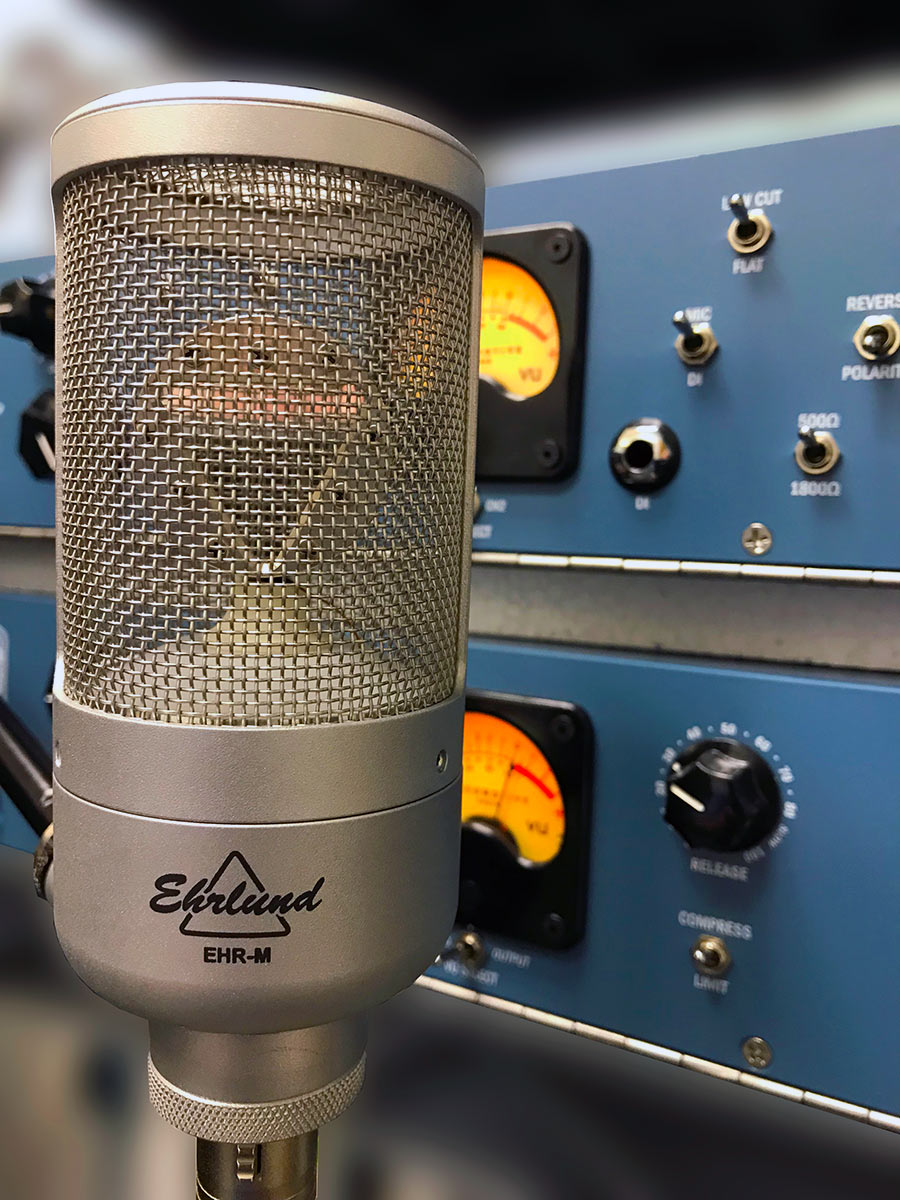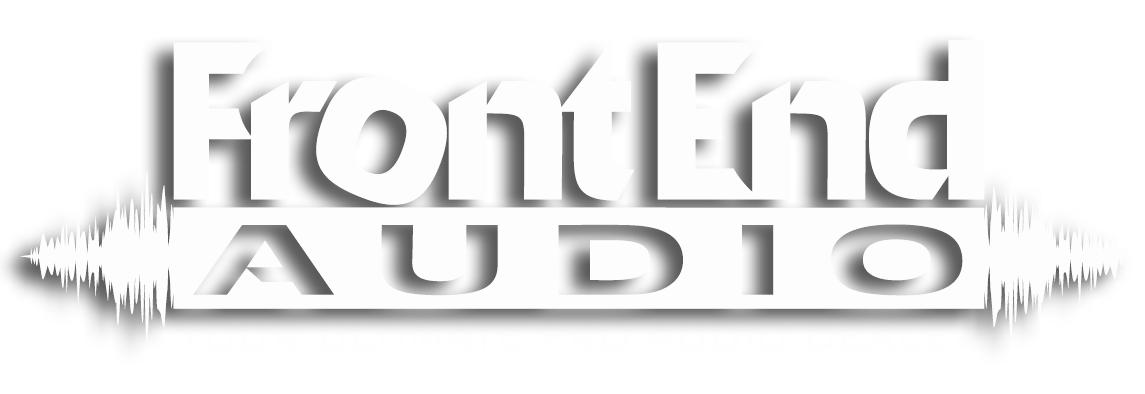The Uniqueness of the Ehrlund EHR-M
By Front End Audio on Jul 26th 2019

The Ehrlund EHR-M is a unique, and quite impressive microphone. The three things that you notice about this mic, the first time you see it, are; it's triangular capsule, it's small body, and it's extremely open head basket. The triangular capsule design was explained to us in that it allows for little to no back splash of vibration of the membrane, thus maintaining a even and consistent transient response (the mic does have impressive transient detail for what it is worth). The small body gives you the insight that the head amp is a “simpler” design, allowing the mic to achieve a cleaner more natural character – which it does. Now add in the fact that the head basket is as open as you can get one (outside of simply not having a head basket). This lets air flow freely around the capsule, contributing to it's natural and open sound. The EHR-M does also have a noticeable weight in the base of the mic. It's not like it is a heavy mic by any means, but there is a weight to it. And, that gives me the sense of quality components inside, and reflects it's build quality.
Of course the big thing that we all want to know is, 'how does it sound'? Well it sounds really really nice. One could compare the sound characteristics and quality to that of Earthworks, or Josephson. It (the EHR-M) is an equality natural and open sounding microphone. But, I would not say the Ehrlund EHR-M is necessarily identical. The EHR-M is undoubtedly natural sounding mic, with a wide frequency range. Ehrlund even touts the mic has a7Hz-87kHz response range. That is insanely jaw dropping, and I wish I had the equipment to test that. You have to know that even though we can't hear 35kHz (and well anything above 20kHz), it's presence does effect the way we hear what we can hear. That is why 24bit/96k recordings sound so much better that 24b/48k. So the response of the mic is smile inducing. Then you have a gentle bloom in the low mids that give the mic a more powerful and slightly warm sound. Yet, this low mid presence is not boomy or muddy. It is actually detailed. I noticed how this presence brought out the wood tone of my Taylor 114CE, and let me position the mic farther away that usual – thus getting a bigger picture and development of my guitar, but not lacking the depth of it either. Of course the detail in the upper mids was very noticeable. There is definitely something to that triangular capsule design. The percussive plucking of the string from my pick shined through. The finger scraps were there in all their glory and fine detail (a real HD detail – one that you only hear with the right quality of mic). And, the upper mids and top end had a bright shimmer to it that is just beautiful. So you have this full range response, warm and big low mid, deep dimensional lows, balanced mids, shimmery bright detailed upper mid and top end, all coupled with a dimensional openness you do not expect from a solid state mic. Further, even with all it's bright shining detail, the ERH-M has a pleasant softness to it, so none of that detail is harsh or biting. It is a sweet brightness.
Overall I have to say that Ehrlund did something wonderful with the EHR-M. While it may not be something that stands 100% alone (yes there are other mics that do a very similar job as the EHR-M), the impressive thing is how well it does it at such a reasonable price. Plus you get a unique capsule design that is clearly giving you a transient response and detail that you aren't really going to find in large diaphragm condensers. And for what it is worth, the EHR-M really likes the LaChapell 992EG and Locomotive Audio 286A.






 Sign Up for exclusive sales and offers!
Sign Up for exclusive sales and offers!